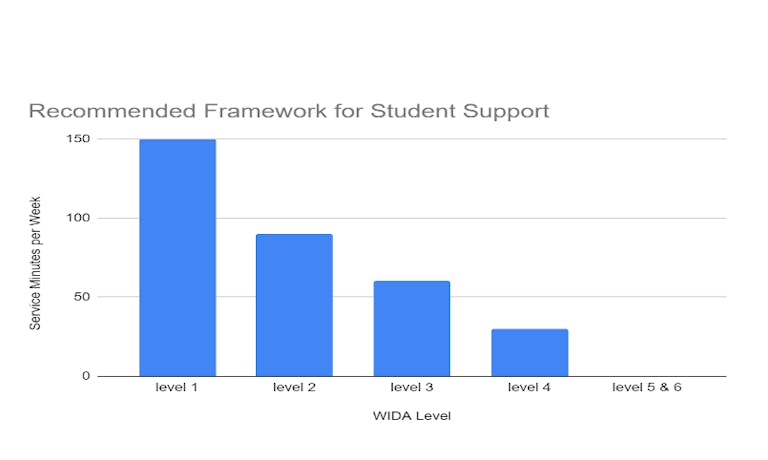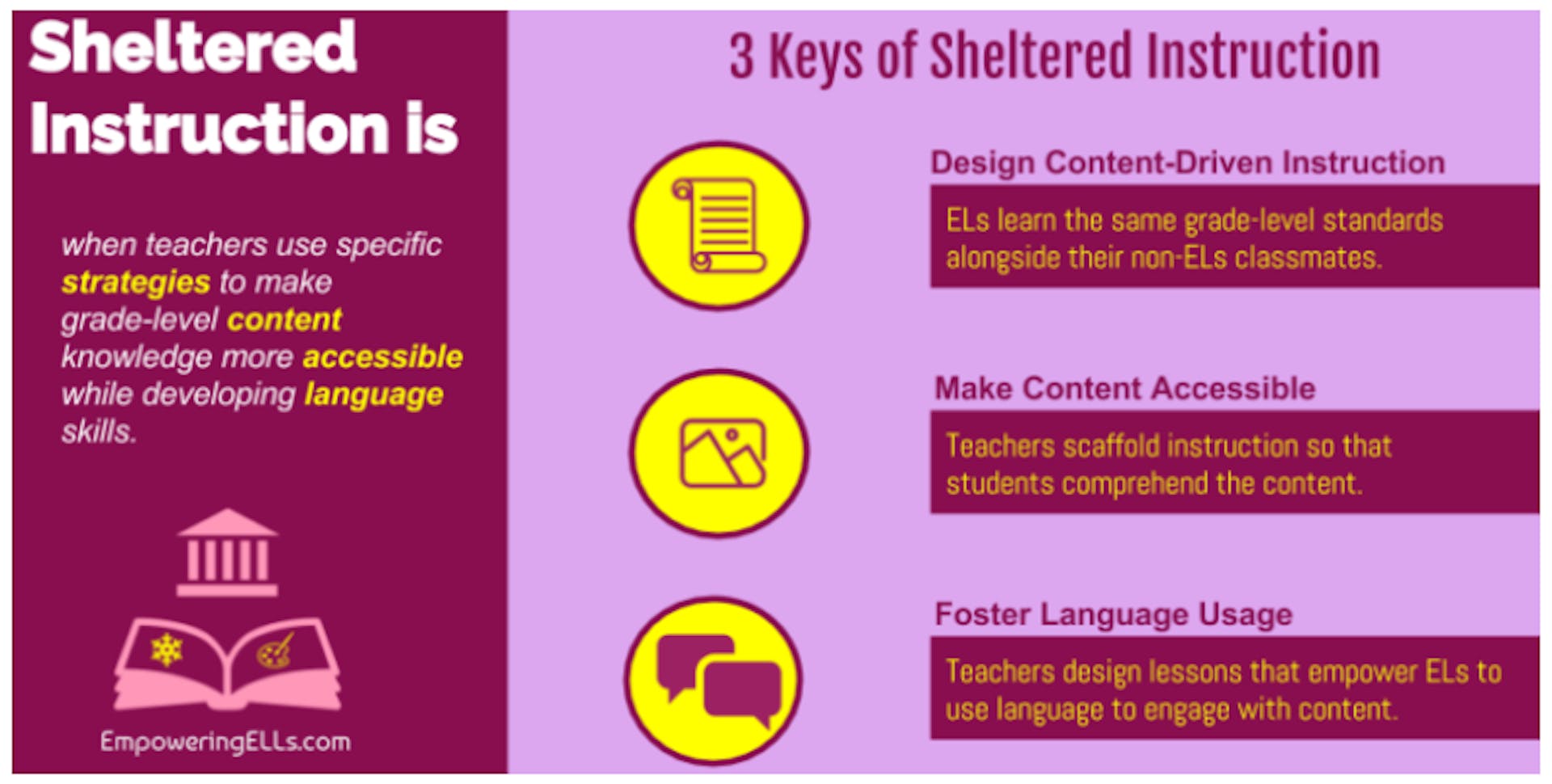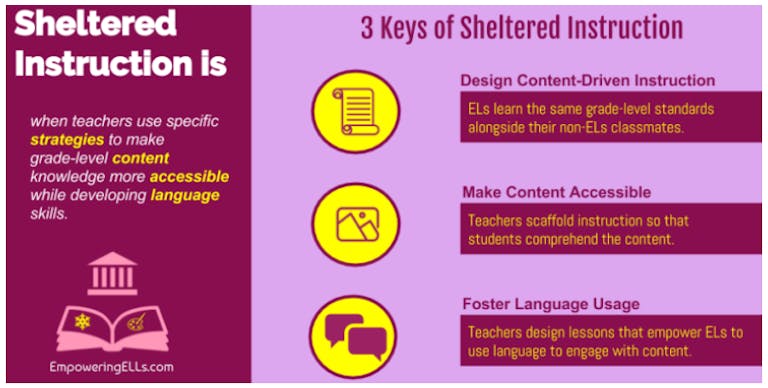English Language Learners ELL / ESL
ESL Mission
Hawthorn Academy believes that all teachers are language teachers.
ESL Vision
Hawthorn Academy’s vision is to ensure language learners can equitably access grade level content, achieve annual student language proficiency growth, and ultimately graduate out of ESL.
ESL Program Goals
The goal of the ESL Program at Hawthorn Academy is to enable English language learners to become competent in listening, speaking, reading, and writing in the English language through the integrated use of language learning acquisition methods.
The ESL Program emphasizes the mastery of English language skills integrated with all core subjects to enable English language learners to participate equitably in school.
Testing/Identification
As required by the state, a home language survey will be administered to each new Hawthorn Academy student and to previously enrolled students not surveyed. If the response on the home language survey indicates that a language other than English is used, the student shall be screened for English language proficiency. If a student demonstrates limited English proficiency on the assessment(s), the student will be eligible for enrollment in the ESL Program. All language learners will be monitored annually using the WIDA ACCESS assessment. All WIDA assessments and screeners will be conducted by the district testing specialist.
ESL Program
Hawthorn Academy believes that all teachers are language teachers. ESL is an intensive instructional program to develop proficiency in listening, speaking, reading, and writing of the English language in all academic subjects.
All instruction is provided in English and utilizes a variety of resources to support the cultivation of English language skills and the promotion of academic success in all grade level content areas.
Support methods include push-in student support, pull-out student support, collaborative sheltered instruction and supplemental online programs. Parents have an option to opt out of support services by contacting the ESL Coordinator.
Elementary and Secondary Push-in and Pull-Out Support
Students receive push-in and/or pull-out support as determined by the ESL Coordinator based on the needs of the ESL student . During push-in services, the ESL teacher provides support within the regular classroom and helps shelter grade level content and/or activities. During pull-out services students will receive help in English language acquisition and/or grade level content in an alternate location based on student needs.
Intervention | WIDA level 1 | level 2 | level 3 | level 4 | level 5 & 6 |
service minutes per week | 150 | 90 | 60 | 30 | monitor |


* ESL minutes may be modified at the discretion of the ESL teacher and student needs.
ESL Proficiency Descriptors
WIDA Levels are in alignment with WIDA Standards
Entering (1): The student at this level processes, understands, produces or uses: pictorial or graphic academic language, words or phrases, simple statements with support, yes/no questions, errors in oral or written language that impede meaning. The student is identified as level 1 on the WIDA.Beginning (2): The student at this level processes, understands, produces or uses: general academic language, phrases or short sentences; errors in oral or written language that often impede meaning. The student is identified as level 2 on the WIDA.
Developing (3): The student at this level processes, understands, produces or uses: general and specific academic language, expanded sentences; errors in oral or written language that may impede communication, but retain meaning. The student is identified as level 3 on the WIDA.Expanding (4): The student at this level processes, understands, produces or uses: specific and technical academic language, variety of sentence lengths and complexity; minimal errors in oral or written language that do not impede meaning. The student is identified as level 4 on the WIDA.
Bridging (5): The student at this level processes, understands, produces or uses: specialized and/or technical academic language, variety of sentence lengths and complexity in extended discourse; oral or written language approaching English-proficient peers. The student is identified as level 5 on the WIDA.Elementary Sheltered Instruction
Hawthorn Academy believes that all teachers are language teachers. The ESL program at Hawthorn Academy is a content-based program. Students are taught English within the regular classroom setting by their classroom teacher. English language instruction is integrated with content area instruction, with a commitment to students learning grade-level content while building background knowledge and vocabulary. As a result, students learn both the social and academic language they need to be successful in school.
Teachers are also provided a language development supplemental curriculum that aligns with regular Language Arts curriculum.
Secondary Sheltered Instruction
The ESL program for grades 7-9 at Hawthorn Academy encourages sheltered instruction in the core content areas of Math, Science, and English Language Arts. Sheltered instruction is a set of teaching strategies used to lower the linguistic demand of the lesson without compromising the integrity or rigor of the academic content. The ESL teacher will meet with one or more core content teachers periodically to collaborate, establish specific language proficiency goals and check on student progress.


The ESL Department will collaborate with core subject middle school teachers, allotting time to assist in goal setting for specific student needs and sharing effective strategies.
When ESL teachers and classroom teachers collaborate there is consistency and efficiency in pedagogical planning for English language learners.
Supplemental Online Programs
Students are provided with supplemental online programs as needed. Teachers and parents are encouraged to utilize these programs.
Exit / Reclassification
English language learners are evaluated throughout the year to monitor student progress. Students can exit the program if they demonstrate a level of proficiency through required testing that meets state and district exit criteria. Exited students’ language proficiency is monitored for four consecutive years.
ESL Department Responsibilities
Review and discuss all student data and information (Determine student English proficiency level, academic level, instructional methodologies and/or interventions)
Inform parents of student proficiency levels and notify of ESL service annually
Begin ESL service and/or sheltered Instruction support within 30 days of the enrollment of English learners
Administer WIDA screenings and WIDA ACCESS within state timeframes
Collaborate with teachers to share WIDA goals and instructional strategies
Determine and arrange allowable linguistic accommodations prior to state assessment administration
Conduct department meetings regularly to review student performance and modify student supports.
Provide recommendations to administration for next year student placement and modifications at the end of each school year



